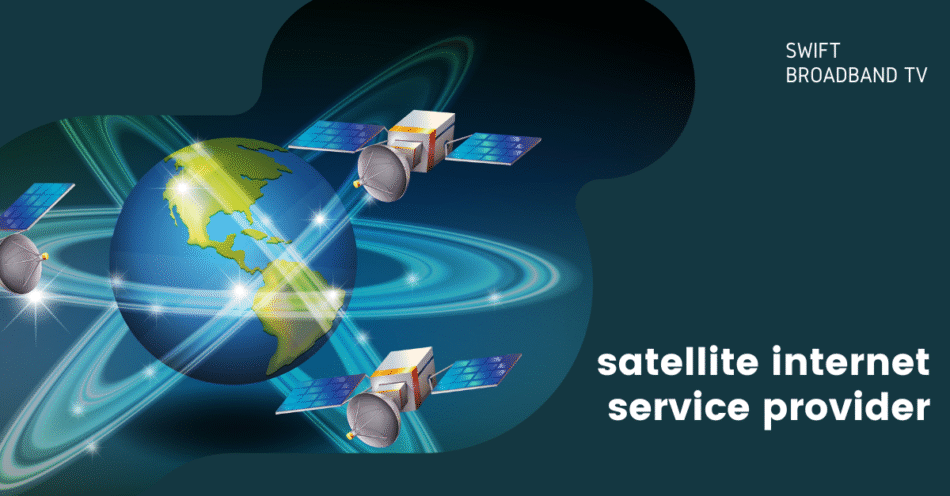In regions where cable and fiber internet don’t reach, satellite internet steps in as a dependable solution. For individuals living in rural or remote areas, having access to high-speed internet is no longer a luxury—it’s a necessity. A reliable satellite internet service provider can bridge the digital divide, providing connectivity for work, education, and entertainment.
What Is Satellite Internet?
Satellite internet delivers internet service by transmitting data between a satellite dish at your location and satellites orbiting Earth. Unlike traditional wired services, satellite doesn’t rely on ground infrastructure. This makes it ideal for places with limited or no access to cable, fiber, or DSL networks.
How Does Satellite Internet Work?
-
Signal Transmission
A signal is sent from your home’s satellite dish to a satellite orbiting the Earth. -
Satellite Relay
The orbiting satellite communicates with a ground station connected to the internet. -
Data Return
The response is sent back through the same route, connecting you to the web.
While latency can be higher than cable or fiber due to long-distance transmission, modern providers have significantly improved performance for general usage.
Benefits of Satellite Internet Service
-
Nationwide Availability
Satellite coverage spans nearly the entire U.S., including rural and mountainous areas. -
No Need for Cables or Phone Lines
Setup is independent of ground-based infrastructure. -
Flexible Installation
Satellite internet can be installed in homes, cabins, farms, and even RVs. -
Improved Speeds
Modern satellite services now offer speeds up to 100 Mbps or more—suitable for streaming, browsing, and video calls. -
Bundling Options
Some providers also offer satellite TV services for a complete home package.
Ideal Users for Satellite Internet
-
Rural Households
Where DSL and cable options are unavailable or too slow. -
Remote Work Professionals
Stay connected from off-the-grid locations. -
Seasonal Homes and Cabins
Get internet access during vacations or part-time stays. -
Farmers and Ranchers
Run online operations from large properties far from urban centers.
Considerations When Choosing a Provider
When evaluating a satellite internet service provider, consider these factors:
-
Download & Upload Speeds
Match speeds to your internet usage habits (streaming, gaming, video conferencing). -
Data Allowance
Some plans have data caps—be sure to check for high-speed data limits and throttling policies. -
Latency
Satellite internet naturally has higher latency; however, this typically affects only online gaming or real-time trading. -
Pricing
Plans can range from $50 to $150/month depending on speed, data, and equipment costs. -
Equipment & Installation
Most providers require a satellite dish and modem—sometimes offered with free installation.
Comparing Satellite Internet with Other Services
| Feature | Satellite Internet | Cable Internet | DSL Internet |
|---|---|---|---|
| Availability | Nationwide | Limited to service areas | Widely available |
| Speed Range | 25–100+ Mbps | Up to 1 Gbps | 10–100 Mbps |
| Latency | Higher | Low | Moderate |
| Ideal for Rural Areas | Yes | No | Partially |
| Installation | Satellite dish needed | Coaxial cable required | Phone line needed |
Common Satellite Internet Features
Wi-Fi Integration
Most services include routers for whole-home connectivity.
Mobile App Management
Monitor usage and manage settings remotely.
Professional Customer Support
24/7 support and troubleshooting from experienced technicians.
Portability
Some services offer portable solutions for RVs and mobile users.
Final Thoughts
For anyone living beyond the reach of urban broadband infrastructure, a trusted satellite internet service provider delivers the internet access you need. With improved speeds, better coverage, and flexible installation, satellite internet is a practical and increasingly powerful solution. Whether you’re working remotely, managing a homestead, or simply want to stay connected from afar, satellite internet ensures you won’t be left behind in the digital world.








